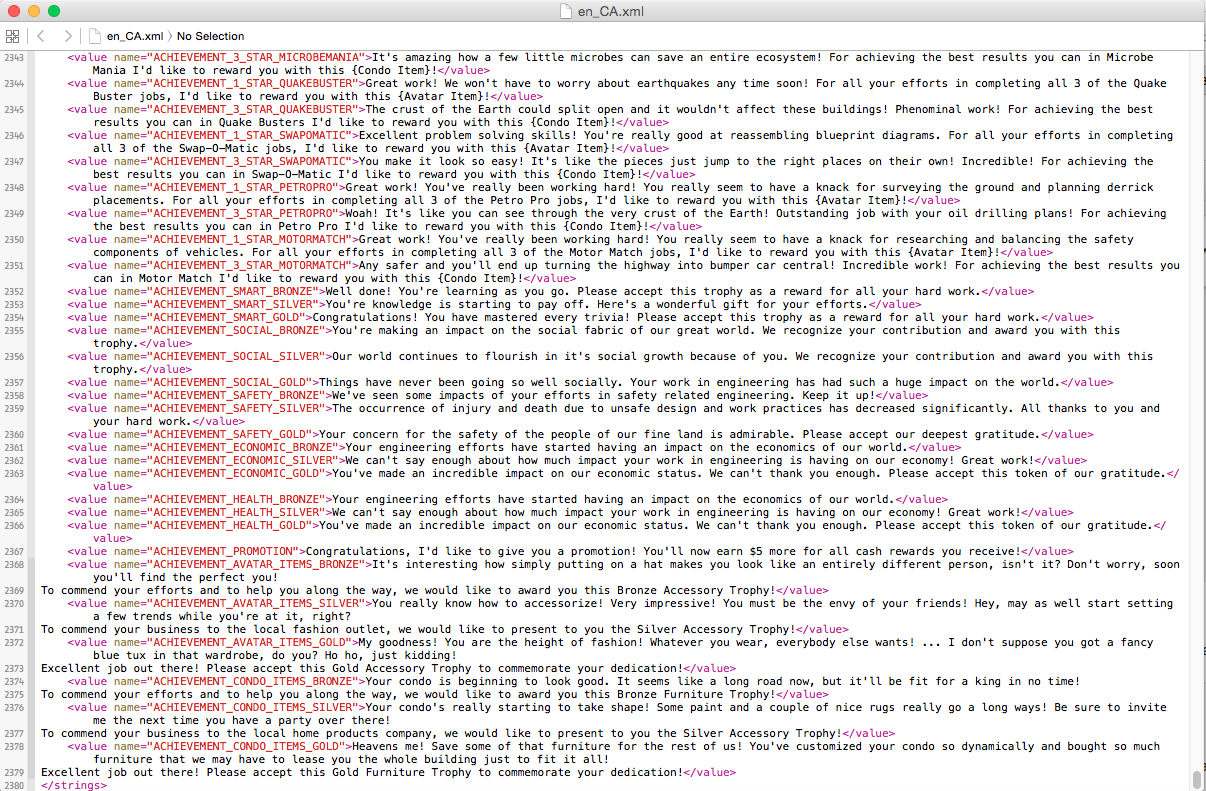

It can still be intimidating, but you’re looking for descriptions of the type of data you want. The best APIs will have a “getting started” guide or similar tutorial for first-timers. Next, you’ll need to navigate the API documentation. Look in a directory like ProgrammableWeb.Google it by searching for “website name API”.Look in the footer or header of the website for the words “API,” “developer,” “partners,” or “integrations”.Once you know what to look for, though, accessing many APIs is as intuitive as loading a webpage.įirst, to discover the API, there are a couple of approaches that work well once you know who has the data you want: Perhaps you already know where you’ll get your data, but if you’ve never used an API before, that can be intimidating. Find Your Data Sourceīefore you can convert your JSON, you need to have the data. However, you can convert JSON to CSV or Excel to get the data in a more familiar format.
Json to spreadsheet converter full#
It’s full of curly braces and doesn’t look very user-friendly. Most APIs produce a different data format, called JSON (or XML). We’ve grown accustomed to viewing our data as columns and rows. The trusty spreadsheet-whether it’s Excel, Google Sheets, Numbers, or any tool that can accept comma separated values (CSV) files-is the data tool of the non-programmer. However, it can be helpful to have it in a format that is familiar and easy to use.

Many APIs have data that could be useful in everyday situations, and you don’t necessarily have to be a programmer to connect to the data. There are thousands of APIs, tools used by developers to connect data from one service to another.
Json to spreadsheet converter how to#
How to Convert API Results: JSON to Excel or CSV


 0 kommentar(er)
0 kommentar(er)
